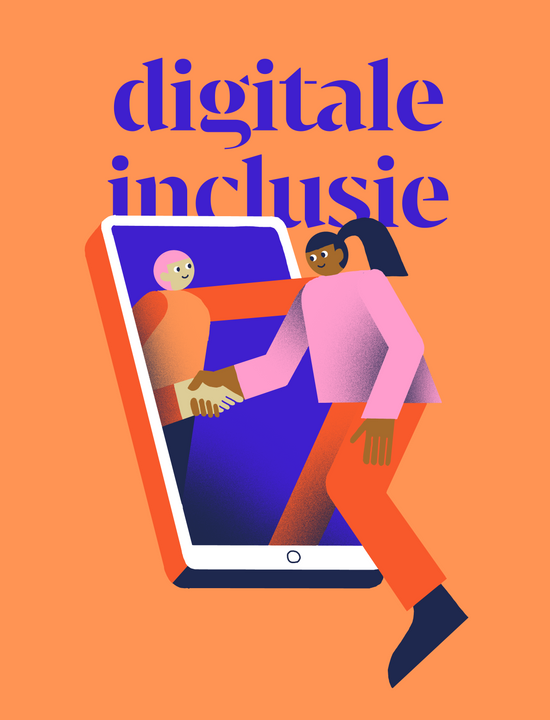What is digital exclusion?
Not everyone is on board with digitisation. When someone is at risk of being excluded due to lack of digital access or competences, we call this digital exclusion.
-
What’s the difference between ‘digital exclusion’ and the ‘digital gap’?
The ‘digital gap’ idea considers digital exclusion as a chasm between people who do and do not have access to digital media and the internet. However, that idea is outdated. Today, we know that digital exclusion is about more than simply a lack of access: factors like competence level, motivation, available support, and a person’s personal network play a significant role in digital inequality.
-
Who is vulnerable to digital exclusion?
A number of factors contribute to whether someone is digitally excluded. Some parts of the population are more at risk than others.
Who is vulnerable to digital exclusion?
-
Can anyone become digitally excluded?
Yes, anyone is susceptible to digital exclusion. Although socially vulnerable groups are more at risk, there are also highly educated people and young people who are digitally behind. Socially advantaged groups are not always automatically ‘safe’ from digital exclusion. And vice versa, social exclusion does not automatically lead to digital exclusion.
-
What’s the state of digital (in)equality in Belgium?
Our society is becoming increasingly digitised. This comes with lots of benefits, but not everyone can enjoy these. What is the state of digital (in)equality in Belgium? Which groups in Flanders are most vulnerable and prone to digital exclusion? And what policy plans are in place to change this?







